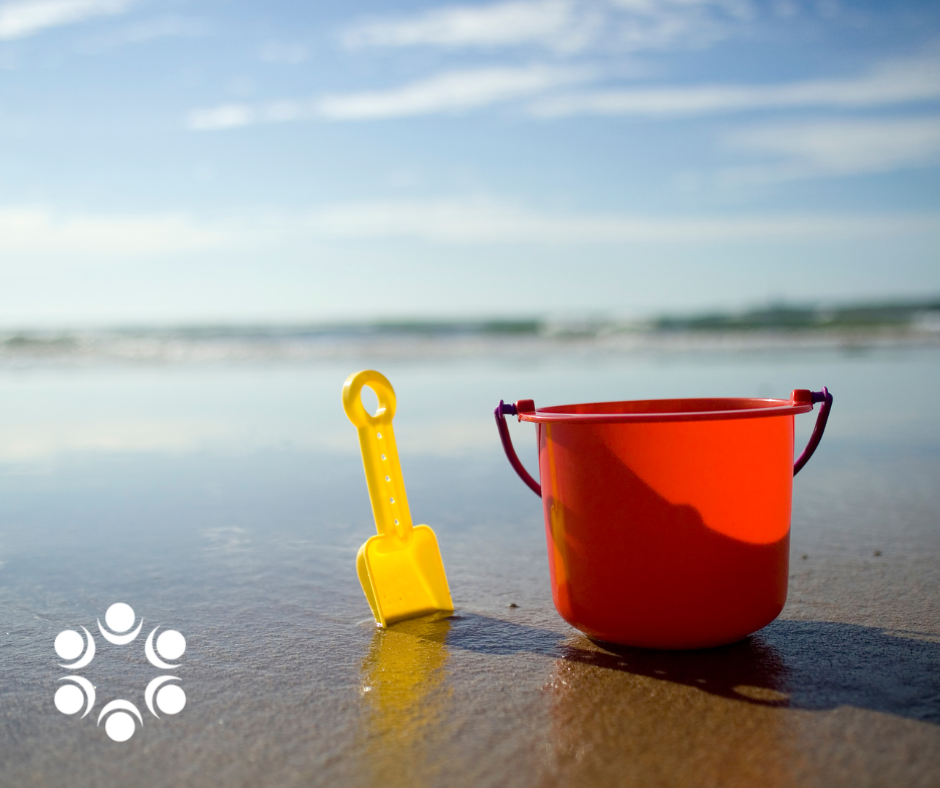
High temperatures in young children are very common, especially in the heat of the summer. A temperature will usually return to normal within 3-4 days. But what is a high temperature and how can you control it? Here’s our advice…
What is a high temperature?
36.4C is considered a normal temperature in babies and children, however, this can vary slightly from child to child. 38C or more would be considered a high temperature. This is a natural response from a child’s body, to fight infections like a cough or a fever.
There are several causes for a high temperature in a child, from a common childhood illness such as chickenpox or tonsillitis, to vaccinations.
How to check for a high temperature
If your child is:
- feeling hotter than usual when your touch their chest or back
- feeling sweaty
- feeling or looking unwell
You can use a digital thermometer (available from your local pharmacy or supermarket), to check your child’s temperature:
- Put the thermometer inside the top of your child’s armpit
- Close the arm gently over the thermometer and press to the side of your child’s body
- Leave the thermometer in this position for as long as it reads in the thermometer’s instructions leaflet. Some digital thermometers may beep when they have taken a reading
- Remove the thermometer and ready the temperature displayed
If your child has just had a bath, been out in the hot weather or has been wrapped in a blanket, their temperature can read higher for a short period of time. In this case, it’s best to wait a few minutes and take their temperature again.
What to do when your child’s temperature is high
You can usually care for your child or baby at home, as the temperature should go down over 3-4 days.
To care for your child’s high temperature at home:
- give them plenty of fluids to drink
- look out for signs of dehydration
- feed them if they want it
- check on your child regularly throughout the night
- keep your child at home until their temperature goes down
It is important to remember:
- do not undress or sponge down your child to cool them, a high temperature is a healthy and natural response to an infection
- do not cover your child in too many clothes or bedclothes
Click here for advice on giving your child medicine.
GET URGENT ADVICE ON YOUR CHILD’S HIGH TEMPERATURE BY CALLING 111 IF:
- Your child is under 3 months old and has a temperature of 38C or higher, or you think their temperature is high
- Your child is 3-6 months old and has a temperature of 39C or higher, or you think their temperature is high
- Your child has other signs of illness, such as a rash
- Your child has had a temperature for 5 days or more
- Your child doesn’t want to eat and is not their usual self
- Your child is dehydrated (nappy not very wet, sunken eyes, no tears when they cry)
ACT IMMEDIATELY BY CALLING 999 IF YOUR CHILD:
- has a stiff neck
- has a rash that does not fade when you press a clear glass against it (click here for the “glass test” from Meningitis Now)
- is bothered by light
- has a fit or seizure for the first time (constant shaking)
- has very cold hands and feet
- has blue, pale of blotchy tongue, lips or skin
- has a high-pitched cry, which sounds weak or not like their normal cry
- is drowsy or hard to wake
- is very agitated or confused (does not stop crying)
- is finding it hard to breathe and sucks their stomach in under their ribs
- is not responsive like they normally are or is not interested in feeding or normal activities
